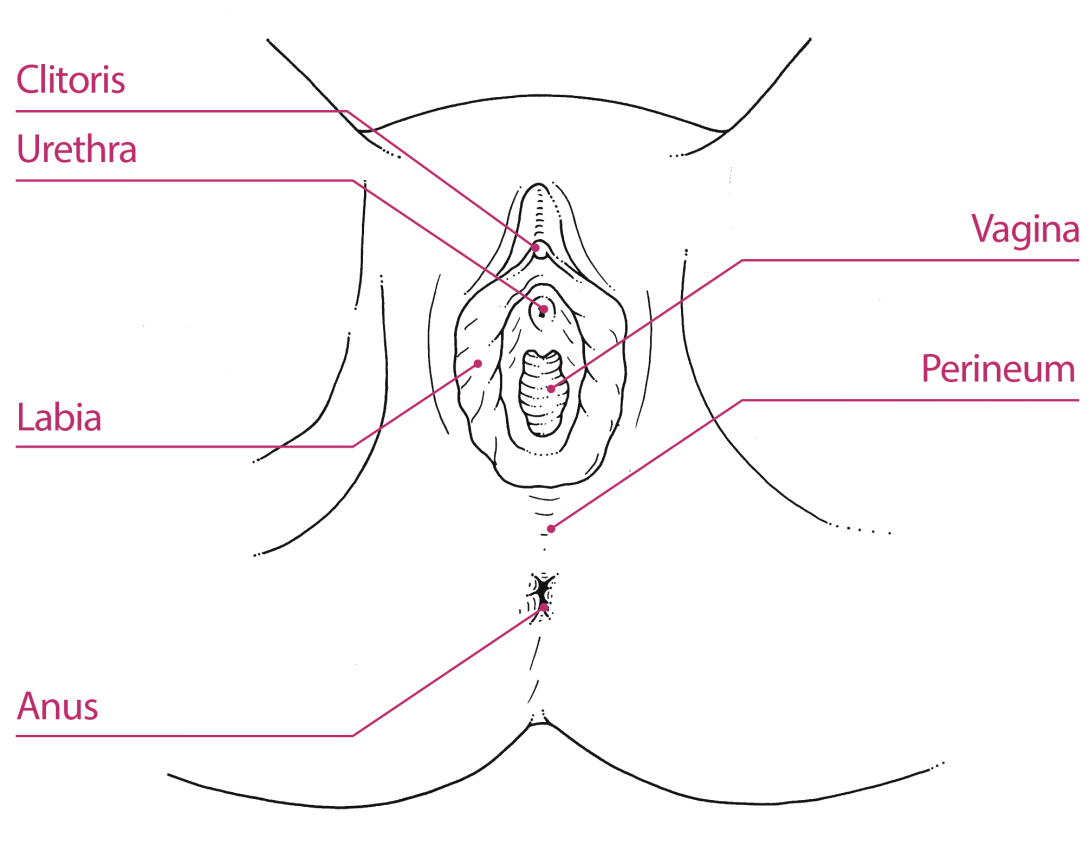Painkillers
Painkillers such as paracetamol can help with stinging, and anti-inflammatory drugs such as ibuprofen can help reduce the swelling. Both these drugs are safe when breastfeeding. Read the label carefully and/or seek advice before taking if you are unfamiliar with these drugs.
Cold therapy
Cold therapy such as ice or cool packs can help reduce swelling in the first 2 to 3 days.
It is important that it be wrapped in a clean, damp cloth before it is applied to separate the skin from the pack. Do not put them directly on your skin.
These can be applied for example for 15 to 30 minutes at a time but we recommend you check for ice burns after 5 minutes by using a mirror. If there is an ice burn (redness) then please remove the ice or cool pack.
Position
Resting is good to allow your body to repair itself.
Alternative therapies to ease discomfort
Aromatherapy oils
Adding aromatherapy oils to a warm bath, such as lavender, which have antiseptic and soothing qualities may help. However, the evidence is limited as to the benefits. We don’t advise using salt in the water as it does not help the healing process and may cause dryness and irritation.
Creams and sprays
Creams and sprays containing local anaesthetic may be available in chemists. However, they are expensive and there is no proof that they are effective.
Do not use anything containing steroids in the area as these are known to slow down healing.
Pelvic floor exercises
These muscles prevent the leakage of urine (pee), wind and faeces (poo). During birth they are stretched and may be damaged. They must recover their strength (tone) in order to maintain bladder and bowel control in later life.
The exercises can be started as soon as possible (even with stitches). They will help the tear heal by increasing the blood supply to the damage tissue.
Begin with gentle squeezes on your pelvic floor, ask your midwife for advice or for separate information on pelvic floor exercises.
If you have any concerns then please contact your community midwife or your GP.

